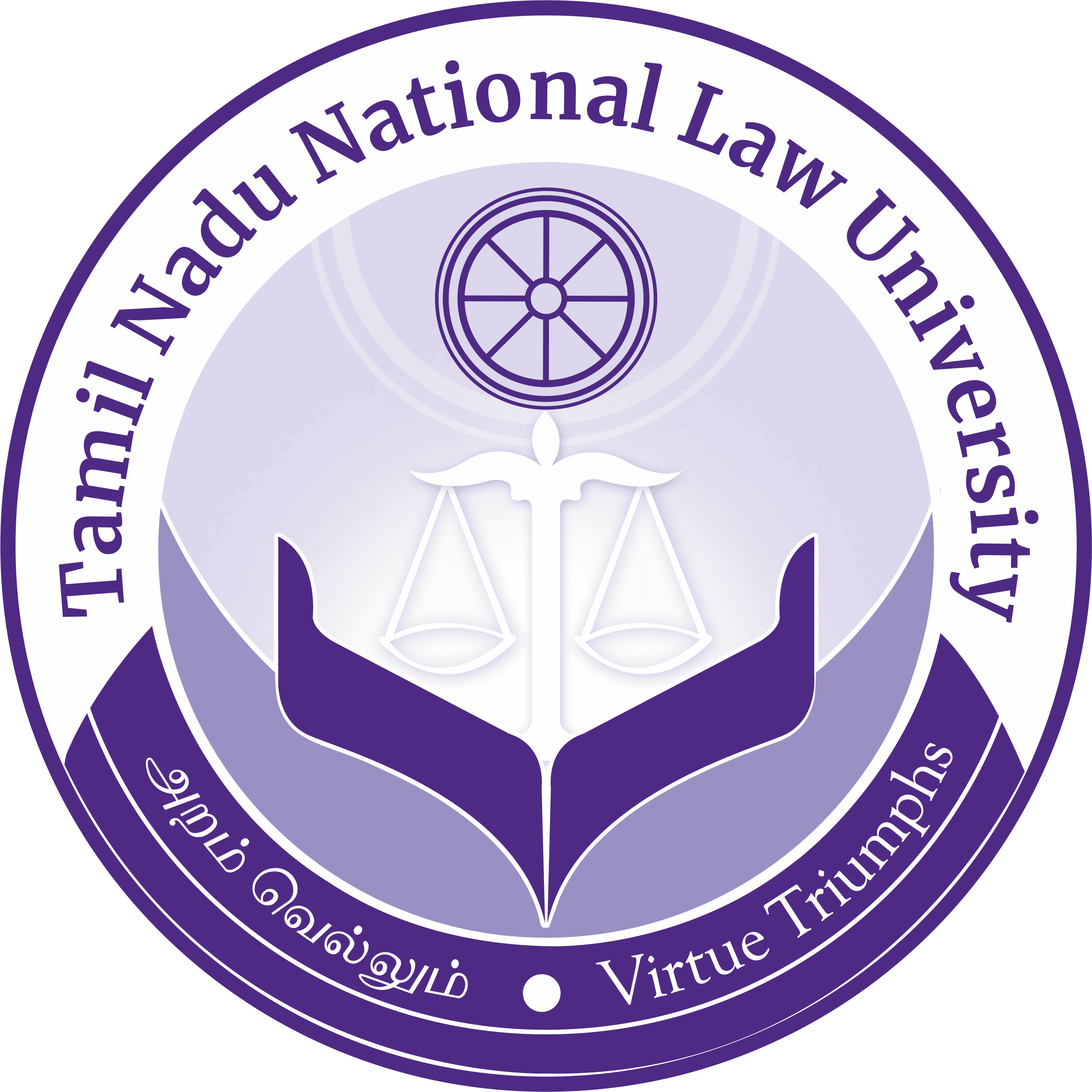

Title of the Event: Make in India vs Make for India
Subject: Marketing Management
Faculty Coordinator: Dr.P.Kumaresan, Assistant Professor (Commerce)
Date: 20.04.2022 | Time: 3 P.M.
Make In India
Make For India
The event started with Dr. P. Kumaresan giving a brief outlook as to the historical economic position which was held by India during and post-British period. He mentioned India’s contribution to the world GDP was nearly 27% when British came to India in the 1700s, but when they left, Indian economy’s contribution declined to just 3%. The lesson of tussle for growth and self- sufficiency was learnt during the time of independence itself by our late freedom fighters and it thus gave rise to a nation whose dream was to attain a growth- oriented self-sufficient economy. GDP was considered as a suitable indicator to measure India’s growth and development.
Briefly stating, Gross Domestic Product or GDP is the total number of goods and services which are produced in an economy during a financial period. Generally speaking, economists believe that “greater the GDP, greater is the development level of the country”. This I sbecause of more money flow which is generated by the consumption of those goods and services which in turn increase the purchasing power of its citizens, hence increasing their living status. But the challenge for India was how to increase this GDP?
We learnt that there is only one solution to the above, which is increasing our own domestic production. This was because during independence, India imported almost everything (from milk-powder to guns) from foreign players, bu tthis wasn’t a viable option in the long-term for India as it was still an underdeveloped nation because of the colonial occupation. Hence,after many decades, India realised its potential to self-produce the imported goods and thus putting into action the dream of becoming a self-sufficient economy. Thus came in the concept of “Make for India”.However, as India was stepping forward to attain self-sufficiency, it was living around a globalised world. Thus, it needed to increase its production to an extent that it could start exporting to the ones it was once importing from, besides others, to earn more foreign exchange (money).
This gave rise to the idea of“Make in India”.
To this situation, a tussle broke out as to which concept should be adopted and which one to avoid. Hence, our six participants were instructed to present their views individually followed by the learning provided by Dr.Kumeresan on the topic.
All the Speakers presented their arguments. Lastly, Dr. P. Kumaresan provided a broader picture on the basis of the arguments advanced by the participants. He pointed out that we as humans and citizens are facing a two-fold challenge wherein we have to become self-sufficient, at the same time we need to earn foreign exchange by increasing exports because we cannot remain enclosed in a closed econometric model forever and we need to globalise. But the hindrance is the scarcity of resources and a choice to adopt between the two initiatives under discussion. Hence, Sir proposed a model wherein the economy will be divided into two industries:
The event ended with the concluding remarks of Dr. P. Kumaresan.